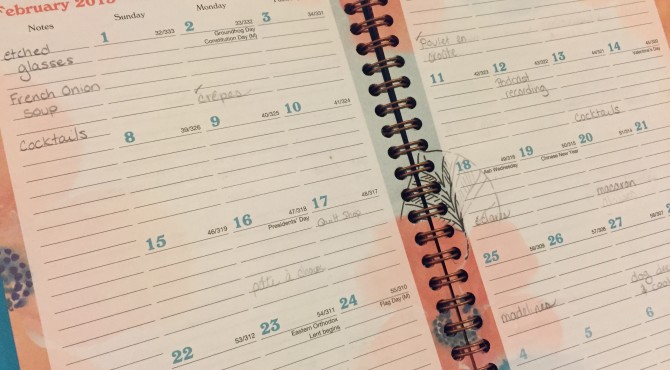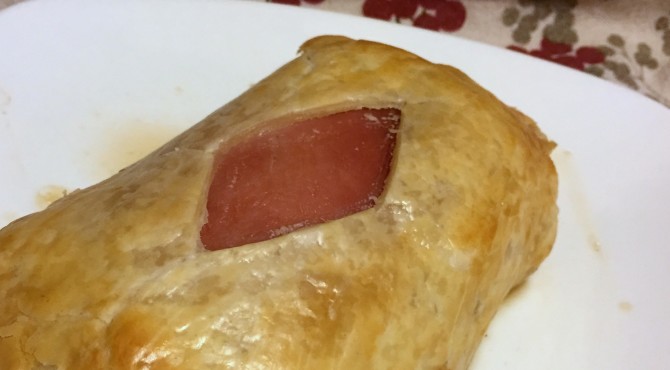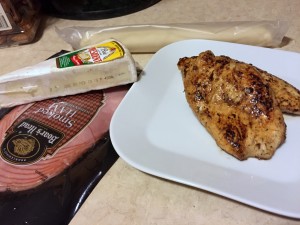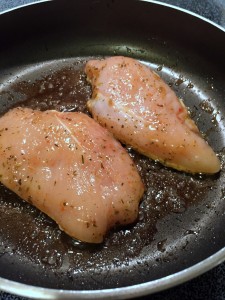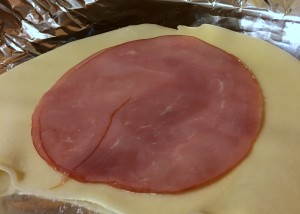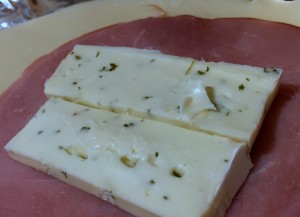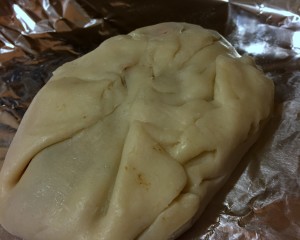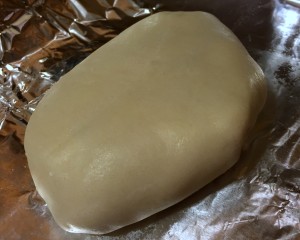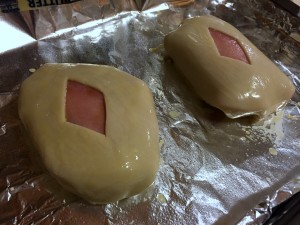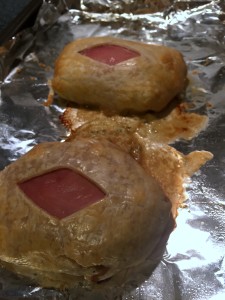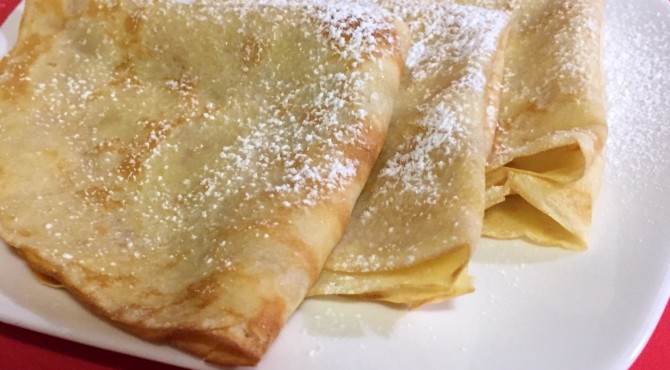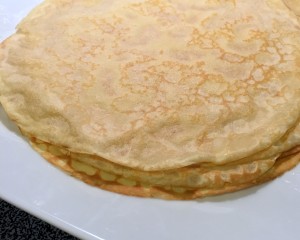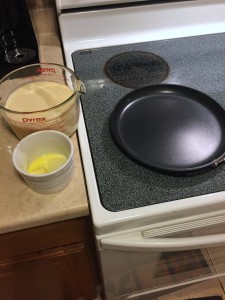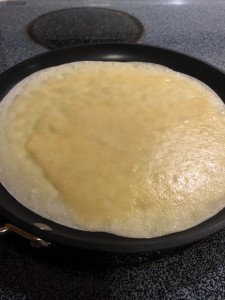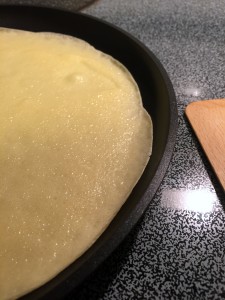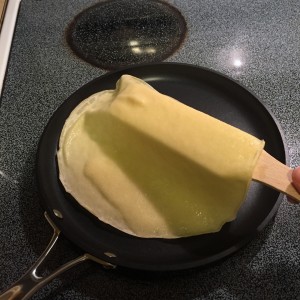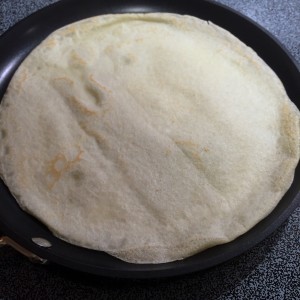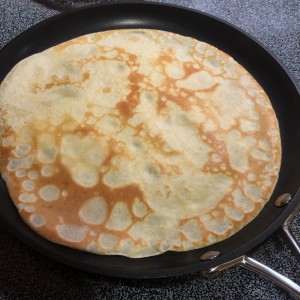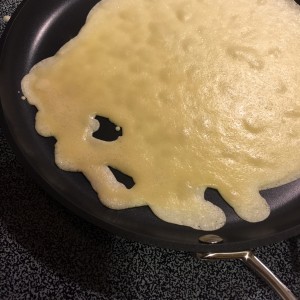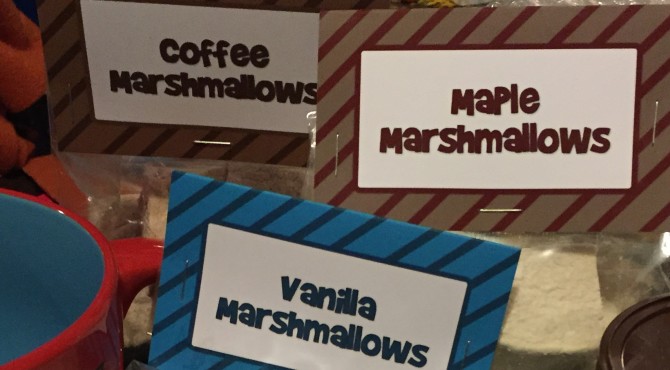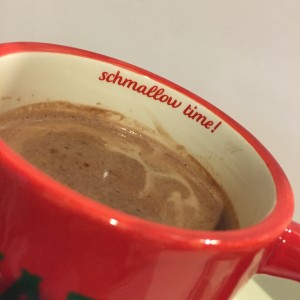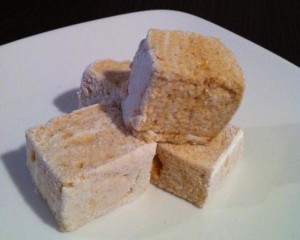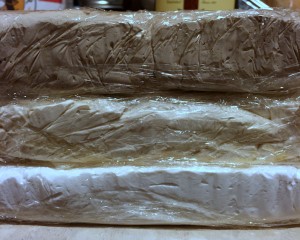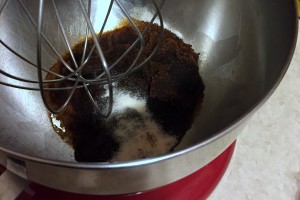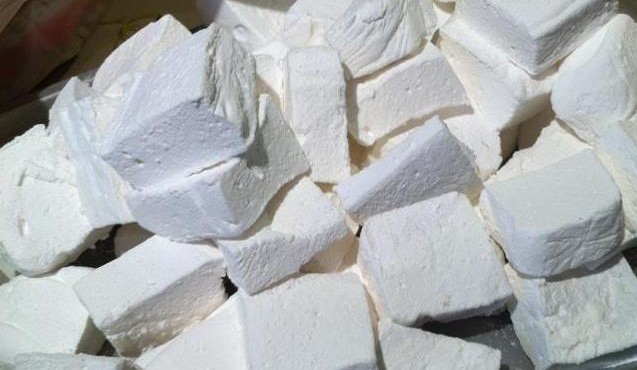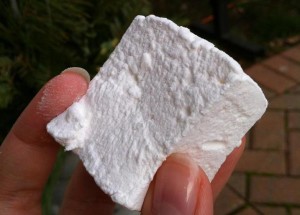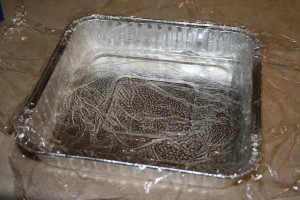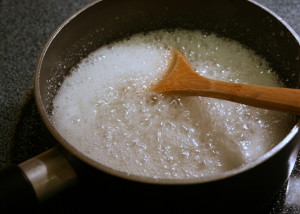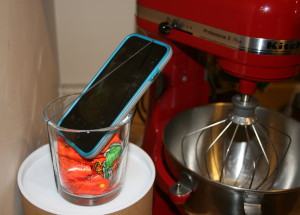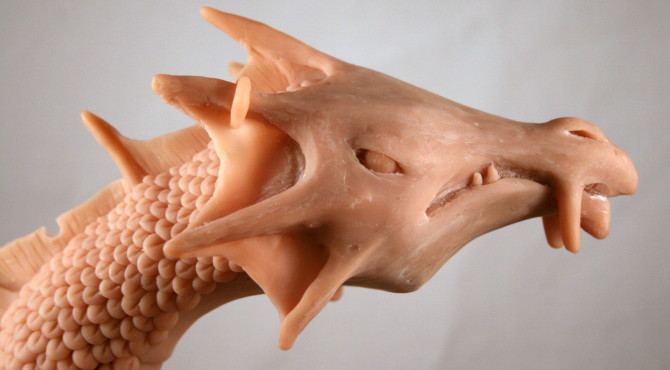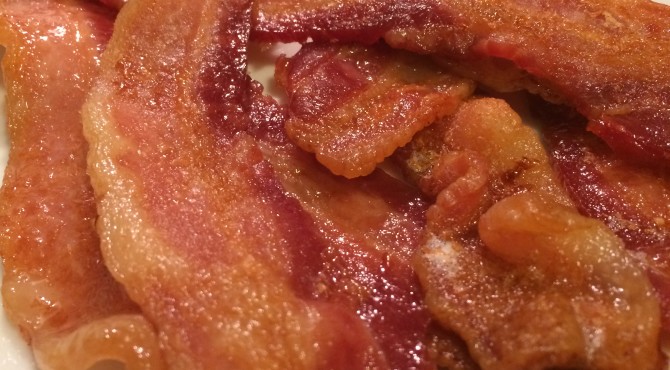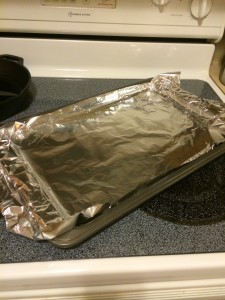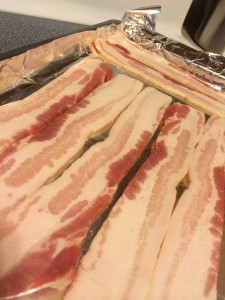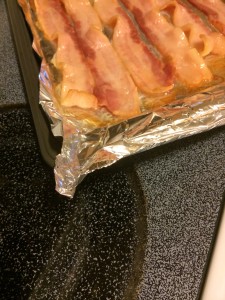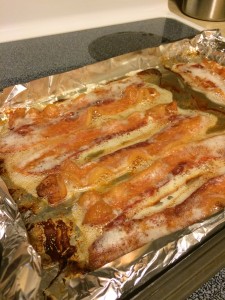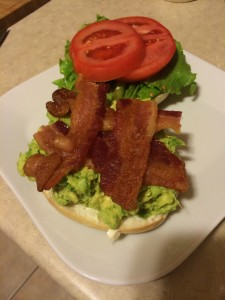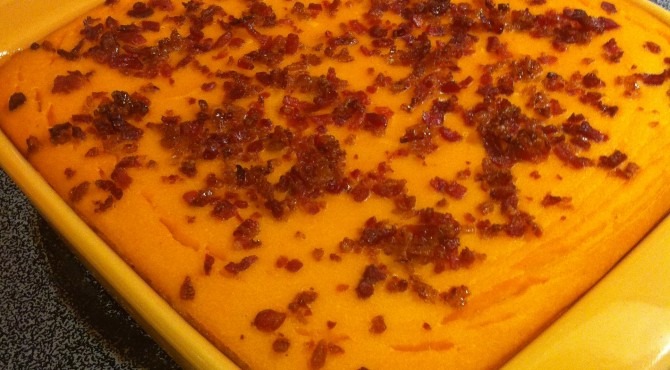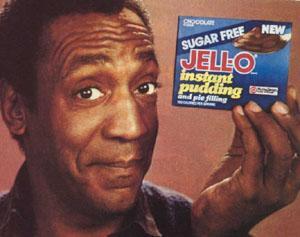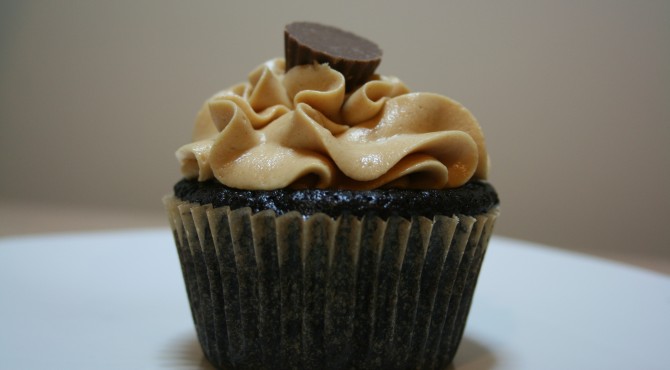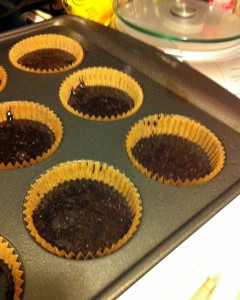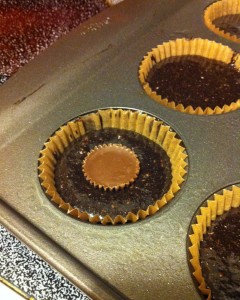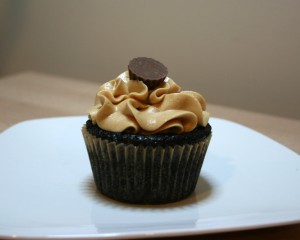I know, I know. I haven’t updated in ages. In fact, the last post I wrote was about how I hadn’t written any posts.
I’ve always said that the hardest thing about keeping up a blog is that when I have the time to write, I don’t have anything interesting to write about, and that when I have things to write about, I’m far too busy to actually do it. We are soundly in that second category right now.
In about 3 1/2 weeks, I’m going to Nerdtacular, a geeky convention out in Utah. I am incredibly excited about going, but this also means that every spare second is dedicated to preparation. I’ve got three major things on my plate.
1. Nerdy dress commission: This first one is simultaneously the easiest and trickiest to accomplish. I was asked by a friend of mine for a custom nerdy dress she could wear to conventions. She picked out some Star Wars fabric that she liked. It’s a quilting cotton, so the actual sewing and construction of the dress is easy. The trickier parts lie in the fact that she lives far away. So I’m relying on the measurements she sent me and sending a muslin mock up to her to try in order to get a good fit. This sort of thing always makes me nervous. I’m sure it’ll all be fine, but it’s stressful. She would like to have it for Nerdtacular, but it was a last minute thing and she understands that I have a lot of other stuff going on too. Still, it would be good promotion to have people compliment her on it and ask her where she got it.
2. TadShop: I don’t have enough products to sell to warrant getting my own vendor table at the convention. It turns out that I’m not the only one. As a result, a group of my artist friends and I have banded together to form what we are calling The TadShop (long story). We have purchased a total of three tables and divided it up so everyone has their own space. I have, as you may have noticed, rather an eclectic variety of things that I make. Trying to decide what to sell at the convention was tricky. What I wound up doing was figuring out the kinds of things that I buy when I go to conventions. When I really stopped to think about it, there was a definite commonality to almost everything I tend to buy. As a result, Instant Cosplay was born. These are the kinds of accessories and jewelry that you can put on and pair with a geeky t-shirt for your comfortable, non-cosplay day at a convention. That way, you’re still letting your nerd flag fly, but on a more casual level. I’ve got resin horns (like the ones I’m so fond of buying at the renaissance faire), Steampunk miniature top hats and goggles, fleece hats with animal ears, and a few little other odds and ends as I come up with them. Instant Cosplay: Just Add Nerd.
3. Cosplay: It wouldn’t be a convention if I wasn’t dressing up. Besides, I have a title to uphold. Actually, I came in third last year. This year I’m aiming my sights rather higher. I’ve chosen Widowmaker from Blizzard’s upcoming game Overwatch. There will be a lot of future posts dedicate to this topic, so I’m not going to get into it too much here, but to say that I’ve bitten off more than I can chew would be an understatement.
In spite of this insurmountable pile of projects, I’m still optimistic. Finding the balance between these three massive projects is the key. I’ve got detailed to do lists and have commandeered every flat surface in the house as project space. So far, I’m doing a fairly good job bouncing back and forth between projects as needed. Hopefully I’ll be able to keep my momentum. I’ve changed jobs at work, so now at least I’m not coming home physically exhausted like I was. That certainly makes it easier to get things accomplished in the evenings. I’m going to keep rolling with the punches and hope that nothing completely disastrous happens. ::knock wood:: My hope is that these blog posts will serve as a chance for me to take stock of my progress and reevaluate things on a regular basis.
So, here we go…
